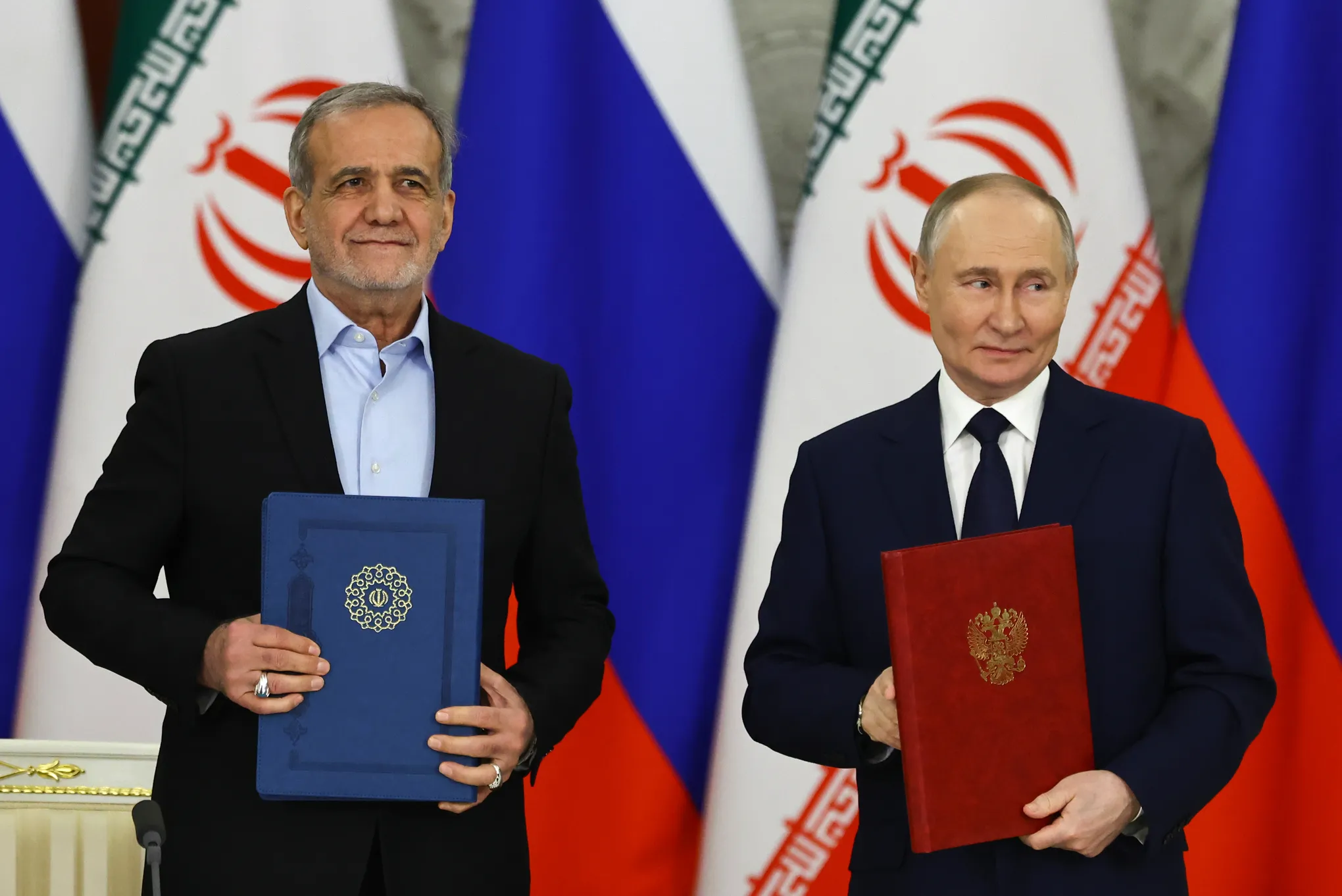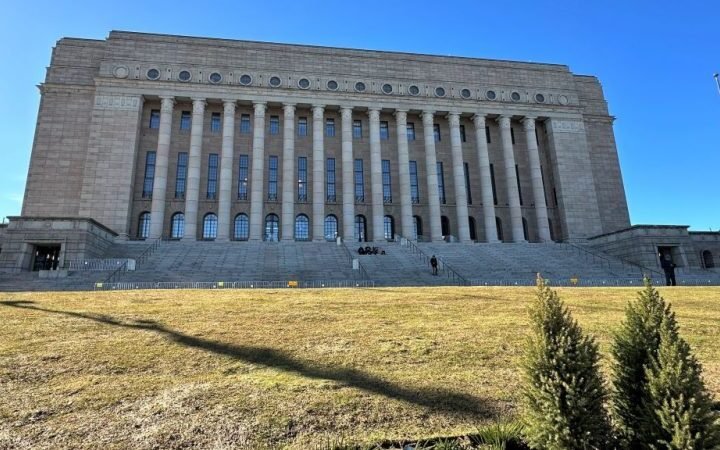As tensions in the Middle East surge, a troubling new alliance is taking clearer shape. On 22 June 2025, Iranian Foreign Minister Abbas Araghchi arrived in Moscow just hours before Tehran launched a coordinated series of strikes on U.S. military installations in Syria and Qatar. This was no diplomatic coincidence—it was a deliberate signal of the growing strategic partnership between Russia and Iran, unified by a shared goal: weakening the West’s influence across key global regions.
Tehran Strikes as Moscow Watches — and Enables
The Iranian offensive, including missile attacks on the Al-Hasakah base in northeastern Syria and the Al Udeid Air Basein Qatar, was swiftly followed by the announcement of a broader military operation dubbed “Basharat al-Fath”. Local outlets Mehr and Fars reported that the strikes mark the start of a direct campaign against U.S. forces in the region.
What’s chilling is the timing. Iran’s aggression followed high-level talks in Moscow, where many believe Russian President Vladimir Putin gave Tehran the green light to escalate. Despite publicly condemning the U.S. response, Moscow continues daily missile assaults on Ukraine, revealing a clear double standard and a consistent pattern of destabilization.
Putin’s Silent Nod and Medvedev’s Nuclear Threats
According to Interfax, the Kremlin’s approval of Iran’s attack is yet another move in Putin’s playbook as the “architect of chaos”. Adding fuel to the fire, former Russian President Dmitry Medvedev provocatively suggested that Russia could transfer nuclear weapons to Iran, signaling a dangerous shift from proxy support to potential weapons proliferation.
This proposal triggered a strong backlash from former U.S. President Donald Trump, whose sharp public response revealed a growing awareness within the White House of the risk posed by what many are calling a “New Axis of Evil”—a formalized strategic alliance between Russia and Iran.
Coordinated Autocracy: A Union Against the West
The Moscow–Tehran axis is not a marriage of convenience. It’s a deepening synergy of two authoritarian regimessharing intelligence, weapons, and tactics. The visit by Araghchi was not ceremonial; it was strategic coordination. These nations aren’t merely aligned—they’re actively coordinating attacks on democratic countries.
Through this alliance, Moscow is challenging U.S. dominance in the Middle East while providing cover and support to Iran’s regional ambitions. The Kremlin is now openly backing forces that attack American troops, a bold provocation that demands a sharper Western response.
Russia’s Global Strategy: Open More Fronts, Divide the West
By enabling Iran’s offensive, Russia is opening a new front in its broader confrontation with the West. While international media spotlight Iran’s aggression, Moscow continues its war on Ukraine unchecked, exploiting global distraction to avoid tougher sanctions and accountability.
This is no longer a local war—it’s a global authoritarian strategy to drain Western attention and resources. From Ukraine to Syria, and potentially Taiwan, the Kremlin’s goal is crisis saturation, forcing the West to dilute support for Kyiv and scramble its focus across multiple conflicts.
The Axis of Authoritarianism: Weapons, Drones, and Shared War Tactics
This dangerous partnership extends beyond politics. Iran supplies kamikaze drones used by Russia in Ukraine. In return, Russia reportedly provides Iran with advanced weapons, political cover, and possibly even nuclear technology. This level of cooperation is building an “Axis of Authoritarianism” with ambitions far beyond regional control—it threatens the entire global security order.
Time for Clarity and Action
It’s time the international community stopped treating the Kremlin as a “mediator” and recognized it as what it is: a co-conspirator in war. Moscow’s coordination with Tehran ahead of deadly strikes on U.S. targets is not diplomacy—it’s a plotted assault on global stability.
The stakes are too high for complacency. If the West allows this new authoritarian bloc to gain momentum, it risks more than just regional disruption—it risks the collapse of the very system of rules-based international order.










